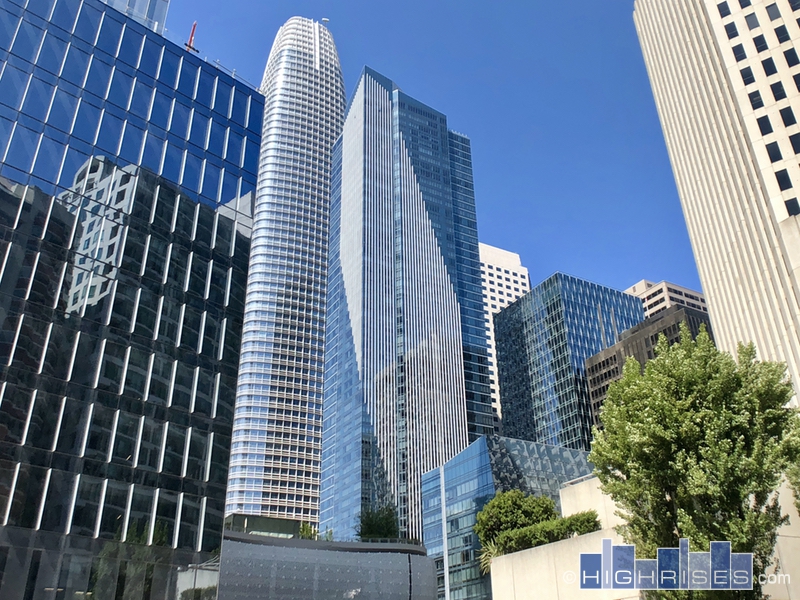Engineers approve $100M retrofit for San Francisco’s ‘sinking’ Millennium Tower


Brief:
- A four-expert panel selected to review a $100 million foundation retrofit for the leaning and sinking Millennium Tower luxury condo building in San Francisco have given the plan their approval.
- In a letter to the City and County of San Francisco Department of Building Inspections, which hired the four professional engineers, Gregory G. Deierlein, Shahriar Vahdani, Marko Schotanus and Craig Shields said adding new piles that extend down to rock on the north and west sides of the tower through an extension to the existing mat foundation should reduce the chances of future sinking and will also improve the building’s seismic performance. Crews will have to perform some construction tasks beyond the building’s property line and will have to install and test an indicator pile, as well as build temporary shoring around the foundation excavation site.
- The Millennium’s homeowners applied for a permit to perform the upgrade in December 2018, and a favorable decision from the panel was one of the conditions the city imposed on its issuance. In its letter to the building department, the panel said they see no reason to withhold a permit.
Insight:
A mat foundation is a thick concrete slab that covers the entire area of soil under the building’s footprint. It’s also referred to as a raft foundation. This type of foundation is often used when there are poor soil conditions and helps reduce stress on the soil by transferring the weight of the structure over the entire area of the foundation.
The plan would see 140,000-pound piles, each of them 24 inches in diameter, driven 250 feet into bedrock underneath the building, relieving stress on compressed soil underneath the north and west sides of the tower. Once construction begins, the project should take about 18 months.
The Millennium Tower has been sinking since it opened to residents in 2009. A certain degree of settlement was expected to occur over time, but, so far, the building has sunk at least 16 inches and is tilting an estimated 14 inches. A previous examination of the building indicated that the movement did not present safety issues in the event of an earthquake, but those inspectors also recommended that the city keep tabs on the building’s structure.
Another close inspection of the building after residents reported a foul odor also revealed that the curtain wall had pulled away from the structure because of the building’s shift, creating a gap that could help the flames from any future fire spread quickly up the building.
In its review, the panel of engineers brought on to review the retrofit permit took into consideration information from the pile retrofit design team, the Engineer of Record Ronald Hamburger of Simpson, Gumpertz & Heger Inc., as well as John A. Egan and Slate Geotechnical Consultants, which provided supporting geotechnical engineering. This information included drawings, calculations, a project manual and other reports, and the panel has met with the design team 11 times since September 2018.
Also this week, the lawyer for the tower’s residents announced that they have reached a tentative settlement with the building’s owner, Millennium Partners. The potential dollar value remains undisclosed but will reportedly reimburse residents for losses in property value and pay for the foundation retrofit.
Residents also sued the Transbay Joint Powers Authority (TJPA), which built the $2.2 billion Salesforce Transit Center virtually next door to the Millennium. Residents claim that excessive dewatering during construction contributed to the sinking. The TJPA announced Wednesday that they had settled with residents “in principle” but still deny their assertions about the cause of the tower’s movement.
The TJPA had its hands full with its own construction problems for almost a year when transit center crews found cracks in two steel beams in September 2018, about a month after the facility opened. The center was shut down immediately, and, after a lengthy engineering review, officials approved a fix. There has been plenty of finger-pointing about adequate oversight of the construction phase and which entity is to blame — and probably will continue for some time — but the center re-opened this summer, at least giving bus commuters a new facility. The 5.4-acre rooftop park re-opened to the public as well.
This article was originally written by Kim Slowey and appeared here.


Comment (0)